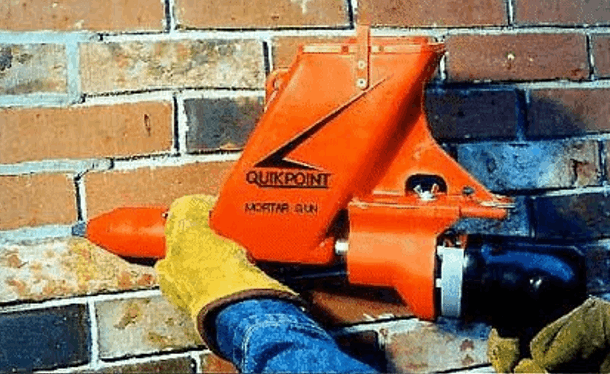Jason D.Crossen1, S.E. Chidiac2 and R.G. Drysdale3
- M.A.Sc. Candidate, Dept of Civil Engineering, McMaster University, 1280 Main St. W. Hamilton, ON L8S4L7, crossj@mcmaster.ca
- Associate Professor, Dept of Civil Engineering, McMaster University, chidiac@mcmaster.ca
- Professor and Martini Mascarin and George Chair in Masonry Design, Dept of Civil Engineering, McMaster University, drysdale@mcmaster.ca
ABSTRACT
This paper contains an overview of the historic use of hollow clay masonry units and sets out arguments for increased use of this kind of unit. Hollow clay masonry units, generally in the form of hollow clay tile, have been used in Europe and elsewhere around the world dating back to the mid-nineteenth century. Despite introduction into Canada later in the nineteenth century, this type of unit is no longer manufactured here. The hollow clay brick variation of this type of unit typically has a higher solid percentage of its volume but is currently only manufactured by one brick producer. In addition to the obvious factors related to sustainability, environmental and economic concerns, changes in construction methods and related opportunities are discussed in terms of construction, building envelope performance and structural characteristics.
KEYWORDS: hollow, clay, tile, brick, mortar
2a-1



